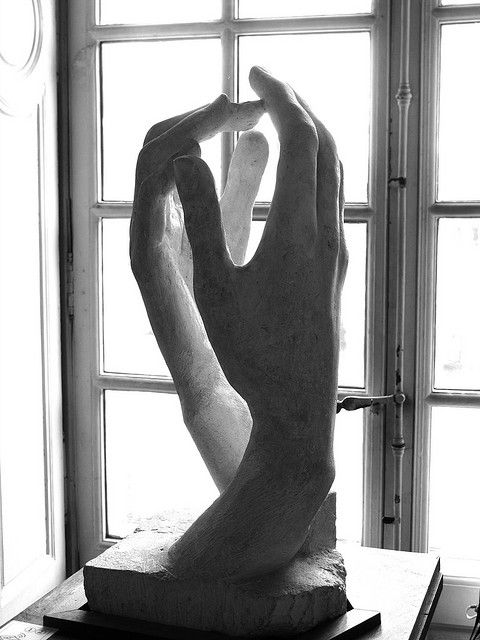Dear Integral Meditators,
We are never in 100% charge of what we experience in life, but we can determine the way in which we experience what happens. This week’s article explores how to mindfully take advantage of this truth!
In the spirit of sculpting & framing,
Toby

Mental framing – Sculpting your view of life
We are never in 100% charge of what we experience in life, but we can always influence the way in which we experience what happens. How we influence the way in which we experience something is via the manner in which we pay attention to it, and in particular the way in which we mentally frame it. The essential question with mental framing is “What is the optimal way for me to view what I am experiencing, so that I derive maximum value and minimum unnecessary pain from it?”
This question and the answers we get from it are like mental sculpting. The raw materials are our life experiences, and our ways of mental framing are like the tools used to craft and mould the raw materials into the shape that I desire.
Last weekend I was giving the example to a class of my own workshop creation process. I’ve created over 50 meditation and mindfulness workshops in the last decade. Of these only around 50% have gone on to be successful in the sense of attracting a lot of people numbers. So, if I focus purely on the ‘success rate’, then I’m not going to be a very happy boy in some ways. However, there are many ways in which I can use my mind to frame what I am experiencing after a ‘failed’ workshop in ways that are helpful to me. For example:
- ‘It is realistic to expect many of the events that I put on to not attract large numbers. It’s simply part of my evolving work progress, and in fact a 50% success rate is very good in the circumstances!’ – This view helps me accept the experience, feel happy about it and sets me up to continue working with it in the long term without feeling discouraged.
- ‘A small number of people in a workshop creates an intimate space for me to have a more meaningful, small scale relationship to the participants’ – Again, this view helps me feel enthusiasm for the experience and helps me to keep my appetite for the work in the long term.
- ‘I learned a lot from creating the workshop, so it is feeding my own process of self-discovery and growth’ – This is absolutely and objectively true, I do learn a lot, and so the time was not wasted, indeed it was very well spent!
- ‘If it didn’t work in this context, maybe I can try it in another context’ – I’ve seen from my own experience how courses that I have created in one arena later became a part of my mainstream ‘successful’ courses later down the line. No creative process is ever entirely wasted! Indeed, some of my most successful material only finds the right audience two or three years down the line.
- ‘This is helping my ongoing learning process about value creation’ – Every time I try something out, or put it out to an audience, I learn more about value creation, in business, in relationships and in life. This learning in turn helps me to make the best of what I meet in each day, and to become more successful in life. What could be better than that?
So, there you go; five ways of mentally framing my situation in ways that help me to view and experience it in a positive AND REALISTIC way. Realistic is in caps because for mental framing to be effective it has to be reality focused. You can’t just fantasize any old BS that just isn’t true!
Mindfulness is all about releasing our potential for learning and growth in the moment. Mental framing is a technique that really we can be using all the time during our day to ‘sculpt’ our reality in a way that is useful and desirable. But to get going you might like to take one or two specific situations in life and practice framing them. Happy sculpting!
Related articles:
How to mindfully develop your self-confidence
Four positions for wrestling with your dark angels
Mastering your mind through mindfulness
© Toby Ouvry 2018, you are welcome to use or share this article, but please cite Toby as the source and include reference to his website www.tobyouvry.com
Upcoming Courses at Integral Meditation Asia
Ongoing on Wednesday’s, 7.30-8.30pm – Wednesday Meditation Classes at Basic Essence with Toby
Ongoing on Tuesday evenings, 7.30-8.30pm – Tuesday Meditation Classes at One Heart with Toby (East coast)
Tuesday 29, Wednesday 30th May – Wesak Meditation
Saturday 2nd June, 9.30-11.30am – The Power of Presence – Mindfulness for managing conflict in your relationships and accessing your inner power
Saturday, 9th June, 9.30am-1pm – Meditations for Transforming Negativity and Stress into Energy, Positivity and Enlightenment
Integral Meditation Asia
Online Courses * 1:1 Coaching * Books * Live Workshops * Corporate Mindfulness Training *Life-Coaching * Meditation Technology

